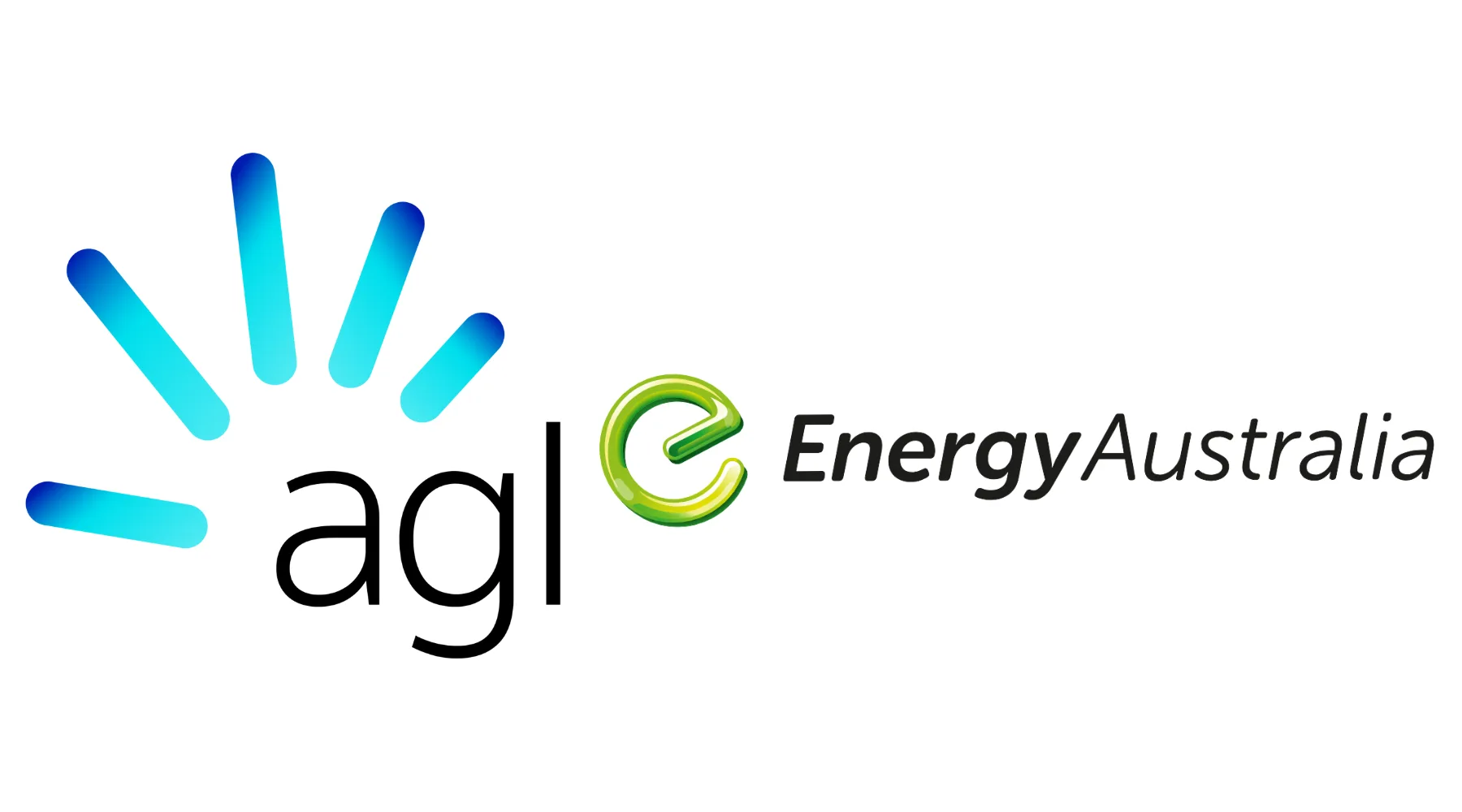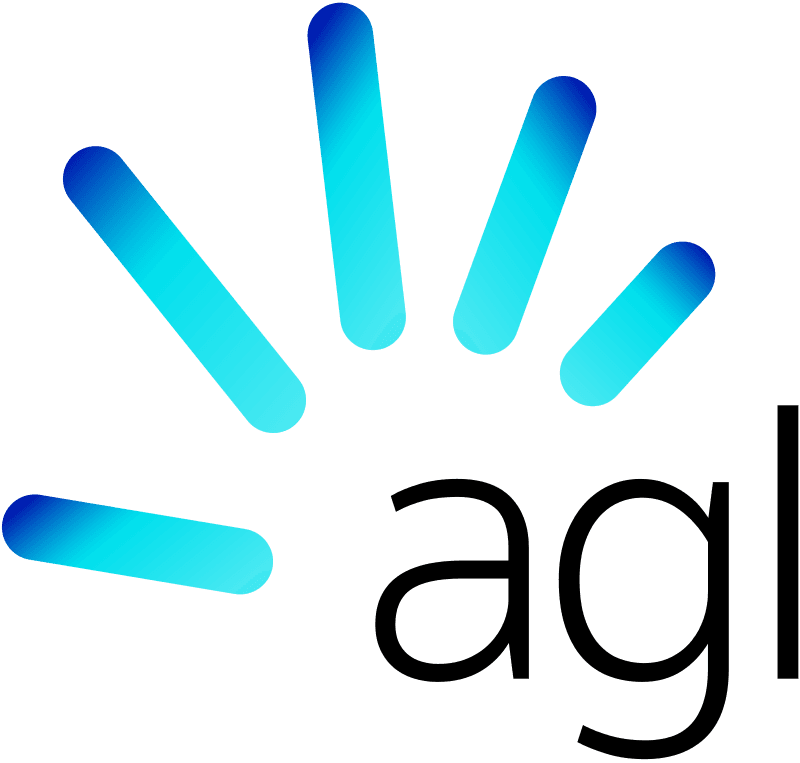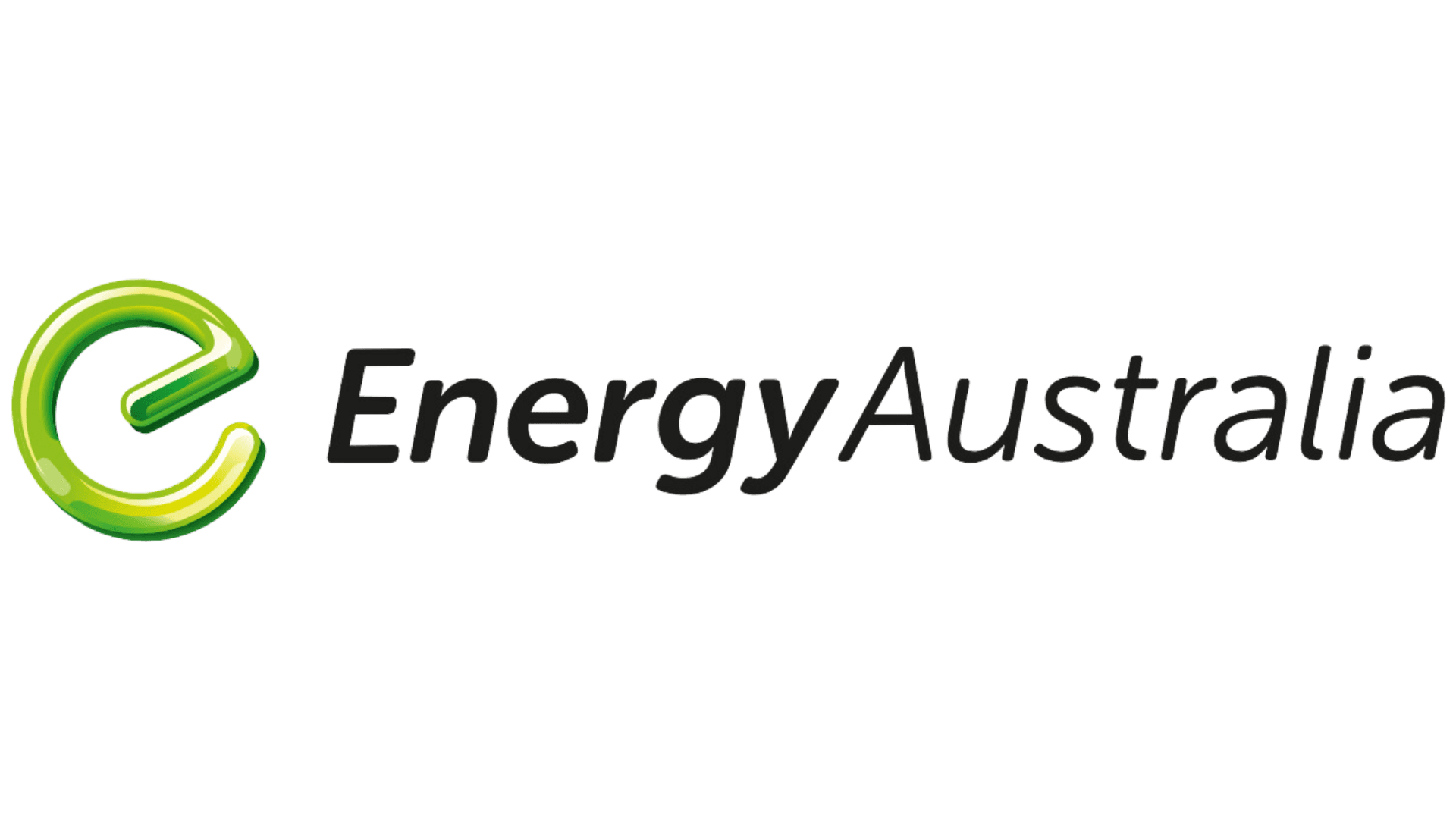| Electricity availability | NSW, VIC, QLD, SA | NSW, VIC, QLD, SA, ACT |
| Gas availability | NSW, VIC, QLD, SA, WA | NSW, VIC, SA, ACT |
| Sign-up deals | Up to $100 electricity sign-up credit in NSW, VIC, SA and QLD and up to $150 credit for electricity and gas on seniors' plans | No sign-up deals this month |
| Price* | Electricity: Similar pricing where both AGL and EnergyAustralia offer electricity plans Gas: Not a massive difference though AGL does better in SA | Electricity: Similar pricing where both EnergyAustralia and AGL offer electricity plans Gas: Pricing is closely matched though EnergyAustralia fares slightly better in NSW and VIC |
| Billing options | Monthly and quarterly billing available | Quarterly billing only but you can set up 'Regular Pay' when you've been with EnergyAustralia for at least 6 months |
| Mobile app to track energy usage | Yes | Yes |
| Energy, internet and mobile bundles | Yes | No |
| Rewards and other perks | AGL Rewards for exclusive discounts and offers Electricity plan with Netflix (ad-tier subscription) Peak Energy Rewards program to earn bill credit by shifting your home energy use Electrify Now tool for a personalised estimate of energy bill and/or carbon savings when you take steps to electrify your home | None |
| Customer support | Phone support and live chat available via website or app. AGL was a loved brand in Finder's 2024 Customer Satisfaction Awards for electricity (national) | Phone support and live chat available. You can also message the team via Facebook |
| Sustainability options | Option to add on GreenPower. AGL will ensure renewable electricity equal to 20% or 100% of your household consumption electricity is fed into the grid | Also lets you add on GreenPower equal to 10%, 20% or 100% of your household energy consumption |
| Solar | Solar energy plans available with higher feed-in tariffs than regular electricity plans. Option to buy solar batteries or solar battery bundles | Also offers solar energy plans with higher feed-in tariffs. Can help you install solar panels or home batteries (or both via a bundle offer) |
| Electric Vehicles | EV energy plans available including options to buy an EV charger | No EV energy plans available |



